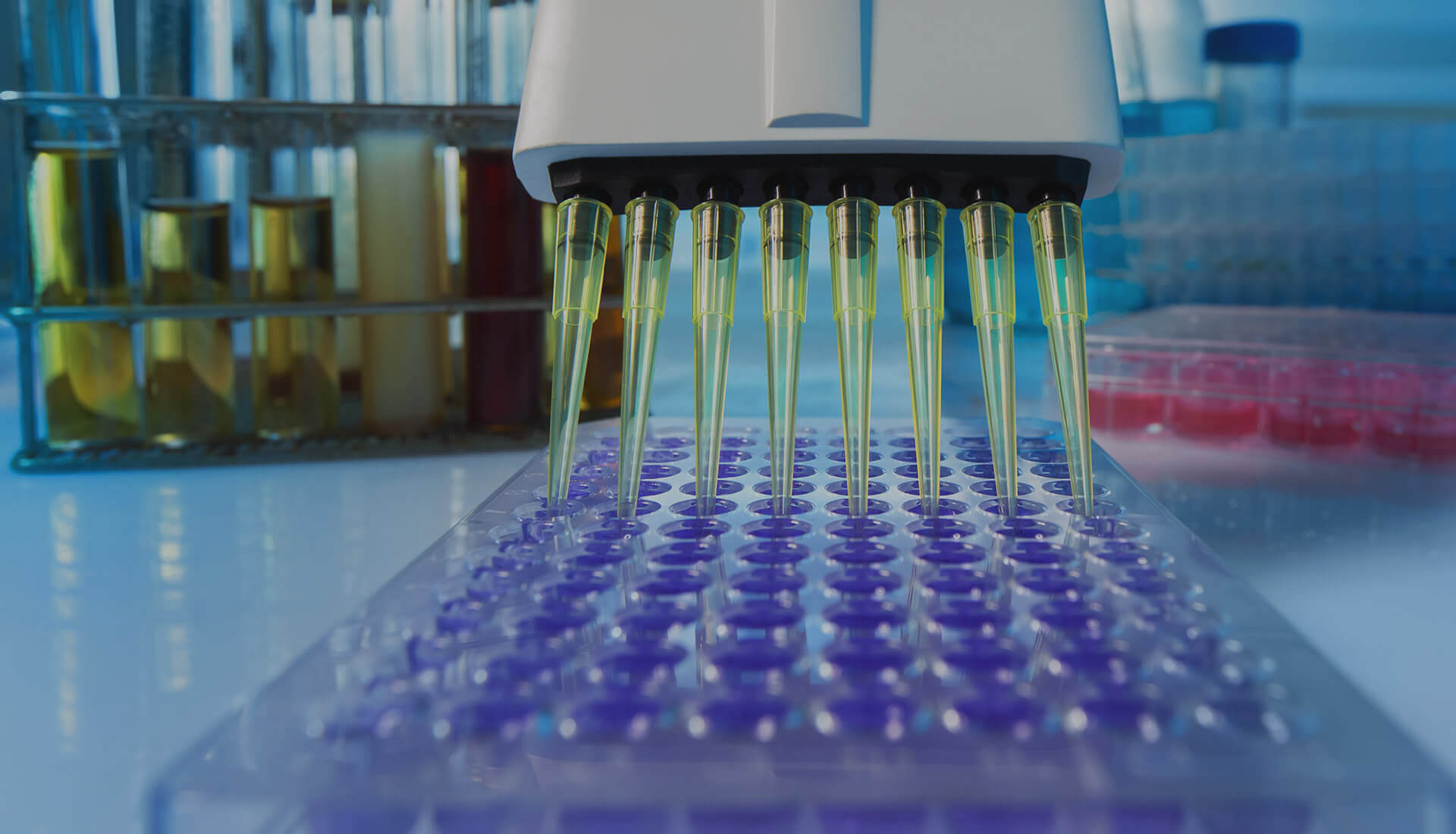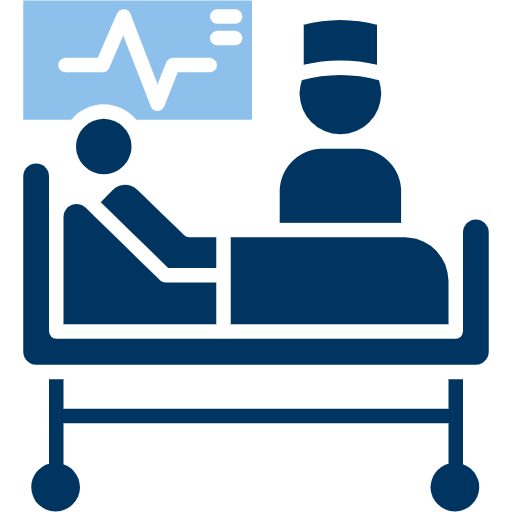IN VITRO
NG/G TUBE STUDIES
NG/G tube studies play a crucial role in assessing drug delivery and safety for patients who cannot swallow medications conventionally. These studies are particularly relevant for oral suspensions and capsules containing pellets, granules, or beads. By understanding drug behavior in these alternative routes, pharmaceutical companies can enhance patient care and comply with regulatory guidelines. We, at VitelyBio, can help you perform these studies and below we dive into the key consideration:

Purpose
The primary purpose of NG/G tube studies is to evaluate the bioequivalence of drug products administered via nasogastric (NG) or gastrostomy (G) tubes. These studies are essential for patients with:


Underlying Swallowing Difficulties
Patients suffering from conditions that hinder normal swallowing (e.g., dysphagia, neurological disorders) benefit from NG/G tube administration.


Intensive Care Patients
Critically ill patients often require alternative routes of drug administration due to intubation or other medical interventions.
Study Components


Comparative Recovery Testing:
Objective : Assess the recovery of drug content from NG/G tubes compared to standard oral administration.
Outcome: Determines if the drug behaves similarly in both routes.


Sedimentation Volume Testing:
Objective : Evaluate sedimentation (settling) of drug particles within the tube.
Outcome: Ensures uniform drug distribution and prevents clogging.


Particle Size Distribution Study
Objective : Analyze the size distribution of drug particles.
Outcome: Helps optimize formulation for NG/G tube administration.


Activities Captured with DSLR Camera
Objective : Document patient-specific activities during drug administration.
Outcome: Provides context for any variations in drug delivery.